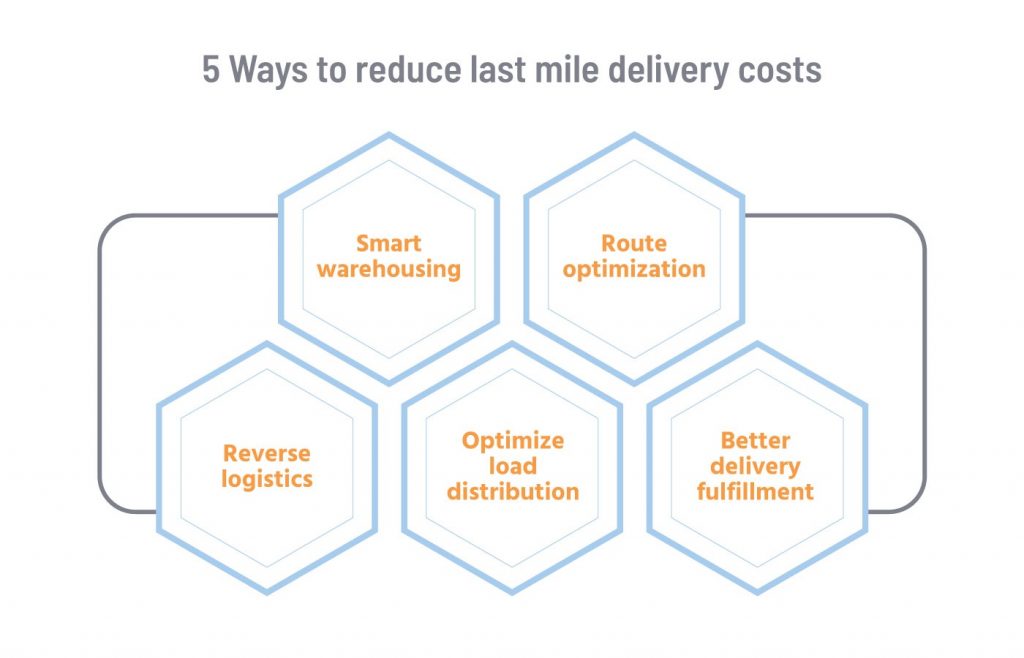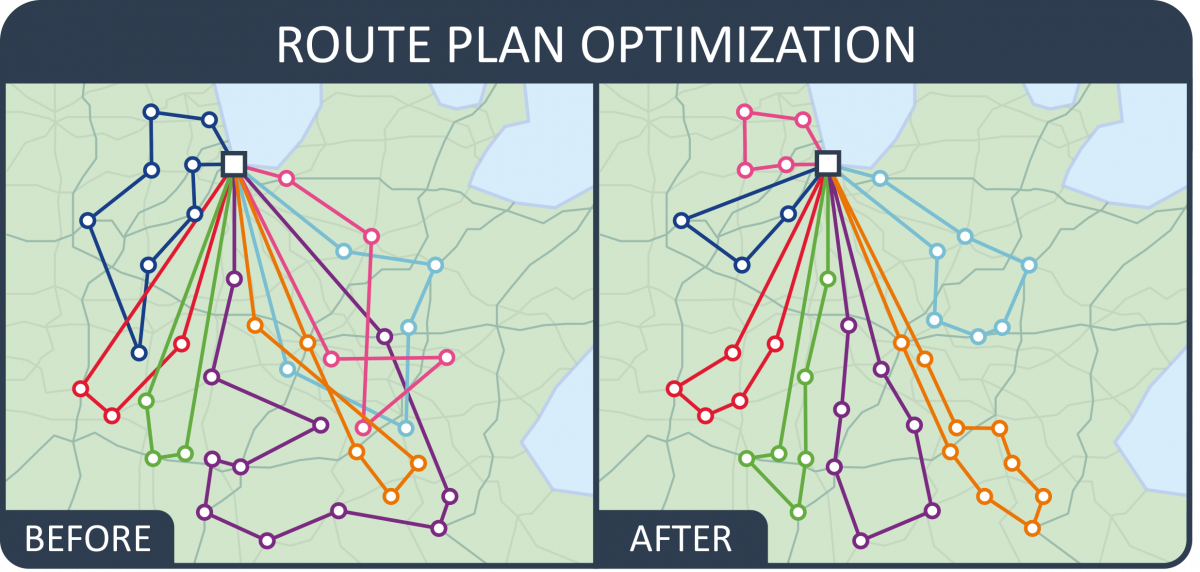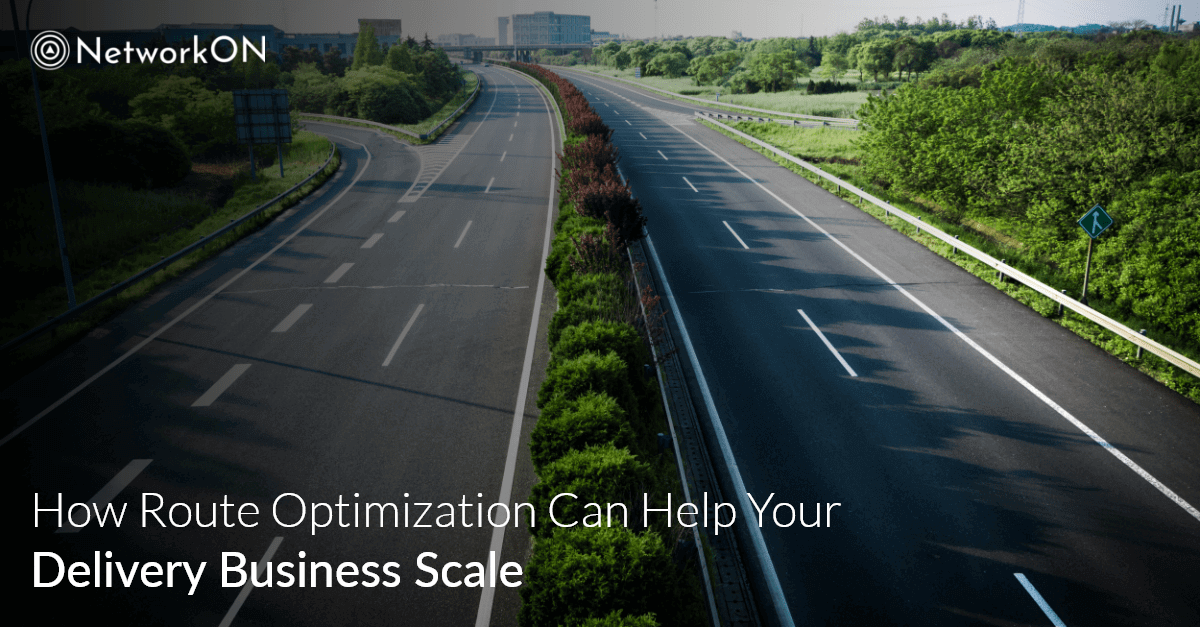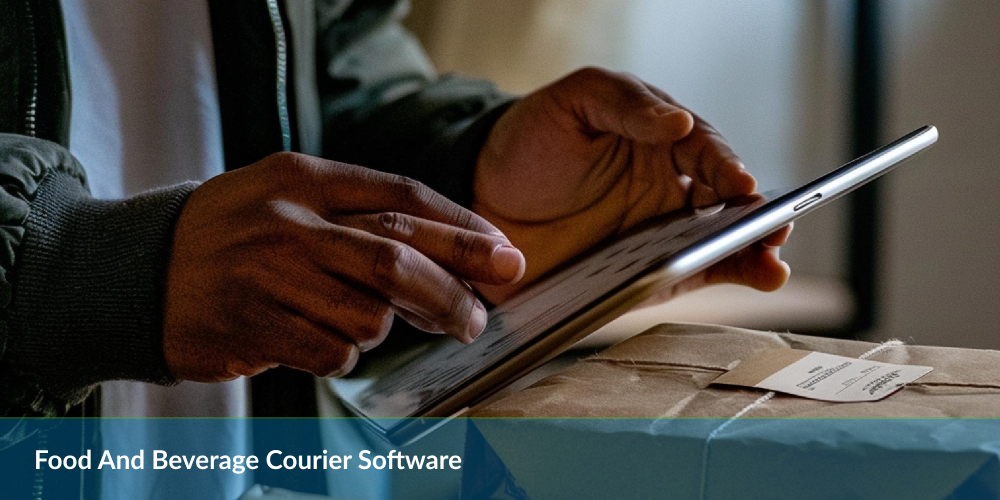Table of Contents
Optimizing last-mile delivery operations is pivotal for any small or large-scale fleet management company to ensure profitability and sustainable business growth.
Last-mile refers to delivering an item from the local distribution point to the end customer’s location.
But it is a highly challenging aspect, let’s discover why:
- Difficulties in maintaining the right infrastructure, meeting deadlines, and dealing with unpredictable factors makes last-mile delivery–a difficult area to master. That is why over 61% of companies in the logistics industry consider it the most inefficient supply chain process.
- It is also a resource-consuming process. From transporting individual shipments to difficult locations with varying routes, to high labor costs and more, last-mile delivery accounts for over 53% of the total transportation expenditure across the freight industry.
- Efficient last-mile delivery service requires speed, accuracy, and time management to build brand loyalty and customer retention. However, a minor lapse in service can be a big jolt for your business as 56% of the customers won’t use the same service provider when they receive a less than satisfactory service experience.
The Need Of The Hour: Route Optimization
Even though last-mile delivery operations involve the shortest routes of any part of the supply chain, they can be extremely challenging if you’re still using manual route planning and mapping.
This is where your business needs a route optimization solution that can adapt to the changes in route and bumps in the road better than a human operator.
Technically, route optimization is the automated process by which the most cost-efficient path between two points is selected based on factors like road conditions, the time window of delivery, and the number of stops.
But how does route optimization help your last-mile delivery business scale?

Let’s find out.
1. It Reduces Costs
Fuel is a significant contributor to transportation costs, and with fluctuating fuel prices, delivery businesses often have to increase their service prices. Hence, every increase in fuel price will increase the overall cost of transport, which translates into higher product prices.
Efficient route optimization algorithms create optimal routes for each vehicle with a minimum number of stops, resulting in lesser miles traveled, lesser idling, and lesser fuel consumption. While vehicles running on the shortest possible route mean less time on roads, lesser wear & tear, low maintenance costs and hence low last-mile delivery cost.
Projecting these benefits over a monthly or yearly basis can add up a considerable amount of savings.
2. Lowers downtime
For a delivery business, the manual tasks of filing work orders, calculating loading times & driver work hours, and creating operating schedules can be highly time-consuming.
An efficient route planning software will schedule flexible delivery times and push back cut-off time for accepting customer orders. This way you can accept orders and fulfill them without any hassle.
You also don’t need to enter all the variables as the system automatically allocates vehicles and generates optimized routes for your delivery agents.
Route optimization also involves dynamically modifying routes based on new data to reduce operating costs and improve downtime. For example, by increasing the stop density of your routes and decreasing the drive time to each one, you can increase productivity.
With customers getting their goods delivered on time, you raise their satisfaction levels and build brand credibility.
3. Boosts Productivity
Allocate deliveries to suitable delivery agents with sufficient work hours available with route optimization. Plus, by maximizing the number of deliveries in each shift, you can save time and increase productivity.
Fleet managers can also increase the shifts to pick up returns in the same delivery, reducing third-party expenses.
4. Builds Driver Morale
Route optimization helps drivers avoid unnecessary delays and risks. This makes them more confident on the road.
Further, route optimization also considers driver breaks to help them get enough time to recharge. With a satisfied workforce, you become more productive and achieve business growth.

5. Builds Brand Loyalty
Route optimization helps you to complete on-time deliveries with accurate ETAs and real-time notifications.
By including in all costs from hourly wages to mileage, route optimization increases your savings without affecting the quality of service.
According to Oracle research, 36% of customers in the US don’t use the same brand that fails to give them a satisfactory experience. While 86% are willing to pay more if they get a great customer experience.
Route optimization ensures up-to-date information is relayed to your customers. This translates into a satisfied customer base, which in turn increases retention.
6. Helps You Adopt a Proactive Approach
Being in the last-mile delivery business means you have to manually incur many last-minute changes across multiple driver schedules.
With late orders, cancellations, drivers getting sick, or customers requiring alternative delivery addresses, it can become a cumbersome process when you have to enter all the details by hand.
With dynamic planning, you get instant and automatic recalculation of routes to reflect real-world changes. Plus, when you are routing ahead of time, you can remotely re-plan and manage your fleet drivers.
When a delivery agent is unavailable, or last-minute orders come in, software solutions like NetworkON help you calculate the driver availability and assign the new jobs without any hassle.
NetworkON Advantage
With the technology bringing a large-scale difference in the last-mile delivery business, managers can enhance the performance of their delivery agents, optimize their efficiency and increase customer retention.
NetworkON provides an all-inclusive last-mile delivery and dispatch solution with accurate scheduling, efficient utilization of resources, and the capability to manage every process from a single dashboard.
Businesses can integrate our software solution and benefit from seamlessly handling assignments, tracking your vehicles in real-time, and making better decisions with accurate performance metrics.
To know how our cloud-based fleet management solution can help your business increase its productivity and efficiency, connect at info@networkon.io or visit our website.
Frequently Asked Questions:
Why is last-mile delivery considered challenging for businesses in the logistics industry?
Last-mile delivery poses challenges due to difficulty in maintaining infrastructure, meeting deadlines, and dealing with unpredictable factors. Over 61% of companies in the logistics industry consider it the most inefficient supply chain process.
How does route optimization reduce costs for last-mile delivery businesses?
Route optimization minimizes fuel consumption by creating optimal routes with fewer stops, resulting in less time on the road and lower maintenance costs. This efficiency leads to significant monthly or yearly cost savings for delivery businesses.
How does route optimization contribute to lowering downtime for delivery operations?
Route optimization software streamlines the scheduling of flexible delivery times, automatically allocates vehicles, and generates optimized routes. This reduces the time spent filing work orders and calculating work hours, allowing businesses to accept and fulfil orders without hassle.
In what ways does route optimization boost productivity for last-mile delivery businesses?
Route optimization allocates deliveries efficiently, maximizes the number of deliveries in each shift, and reduces third-party expenses. This increases productivity, allowing businesses to handle returns in the same delivery and achieve growth.
How does route optimization build driver morale in last-mile delivery operations?
Route optimization helps drivers avoid unnecessary delays, reduces risks, and considers necessary breaks. By keeping drivers confident and satisfied, businesses create a more productive workforce, ultimately contributing to overall business growth.
How does route optimization impact brand loyalty in last-mile delivery services?
Route optimization ensures on-time deliveries with accurate ETAs and real-time notifications, contributing to customer satisfaction. By providing up-to-date information and cost-effective services, businesses can build brand loyalty, as 86% of customers are willing to pay more for a great customer experience.
How does route optimization assist last-mile delivery businesses in adopting a proactive approach?
Route optimization allows businesses to adapt to last-minute changes with instant and automatic recalculation of routes. Managers can remotely re-plan and manage fleet drivers, efficiently handling late orders, cancellations, and alternative delivery addresses.
How can NetworkON’s last-mile delivery and dispatch solution benefit businesses in the delivery industry?
NetworkON provides an all-inclusive last-mile delivery solution with accurate scheduling, efficient resource utilization, and centralized management. By integrating this cloud-based fleet management solution, businesses can enhance the performance of their delivery agents and increase overall productivity.





Alayd
Wow Thanks for this site i find it hard to discover really good material out there when it comes to this subject matter thank for the blog post website